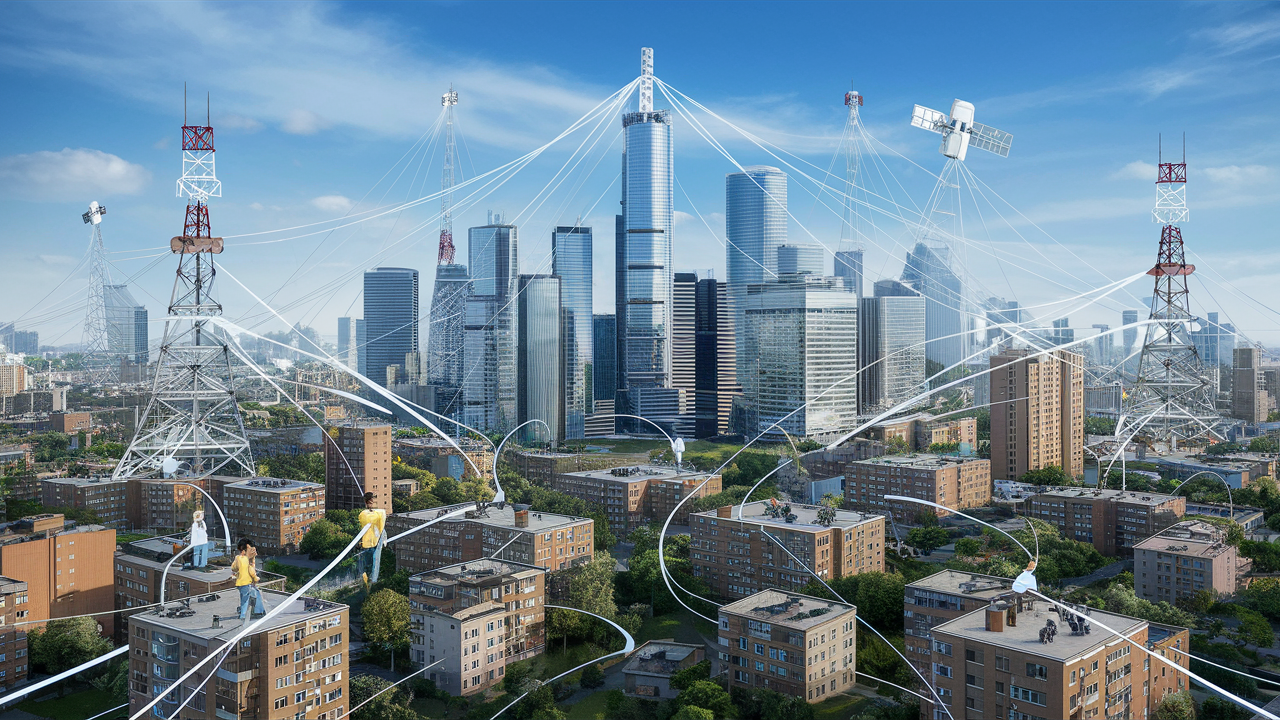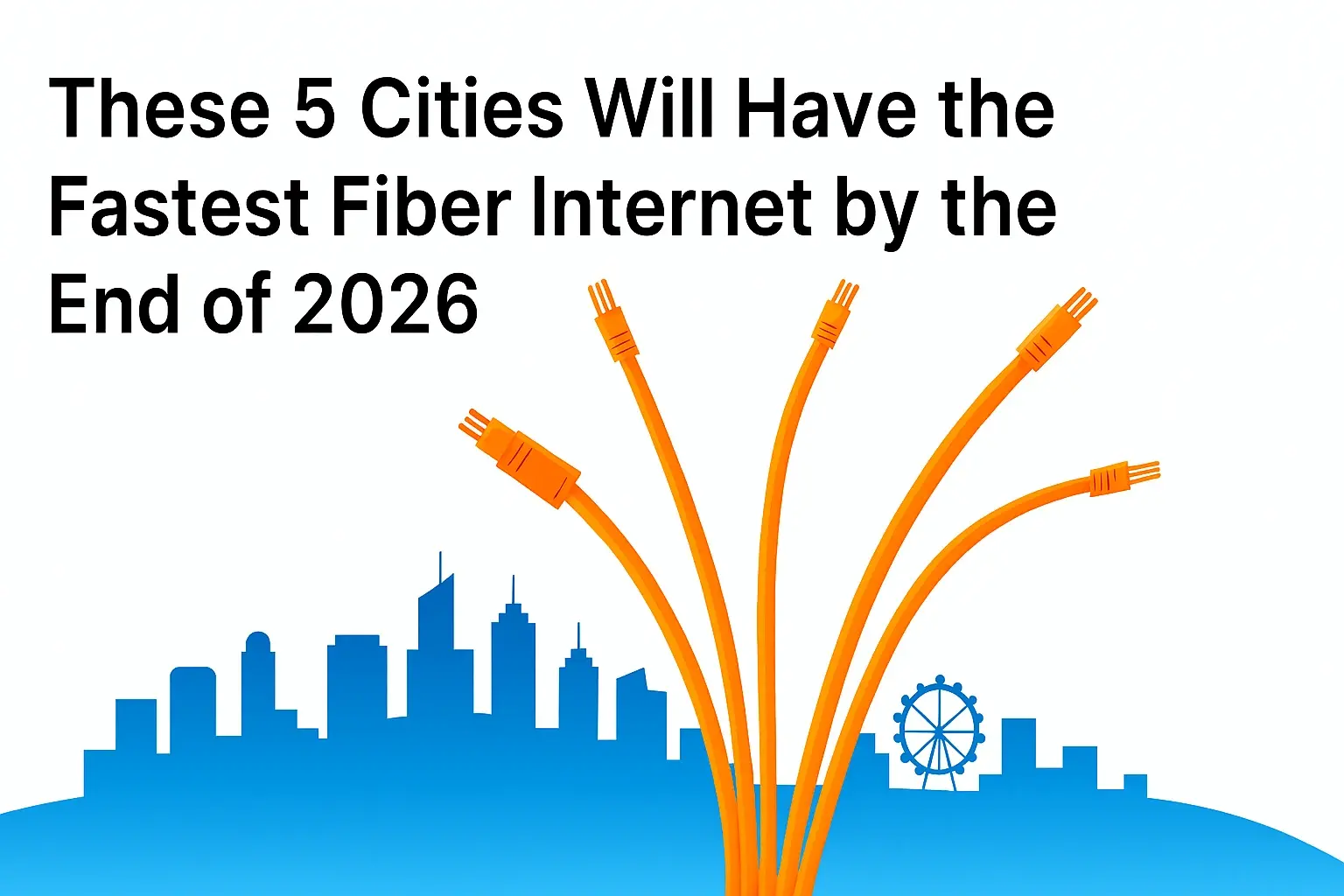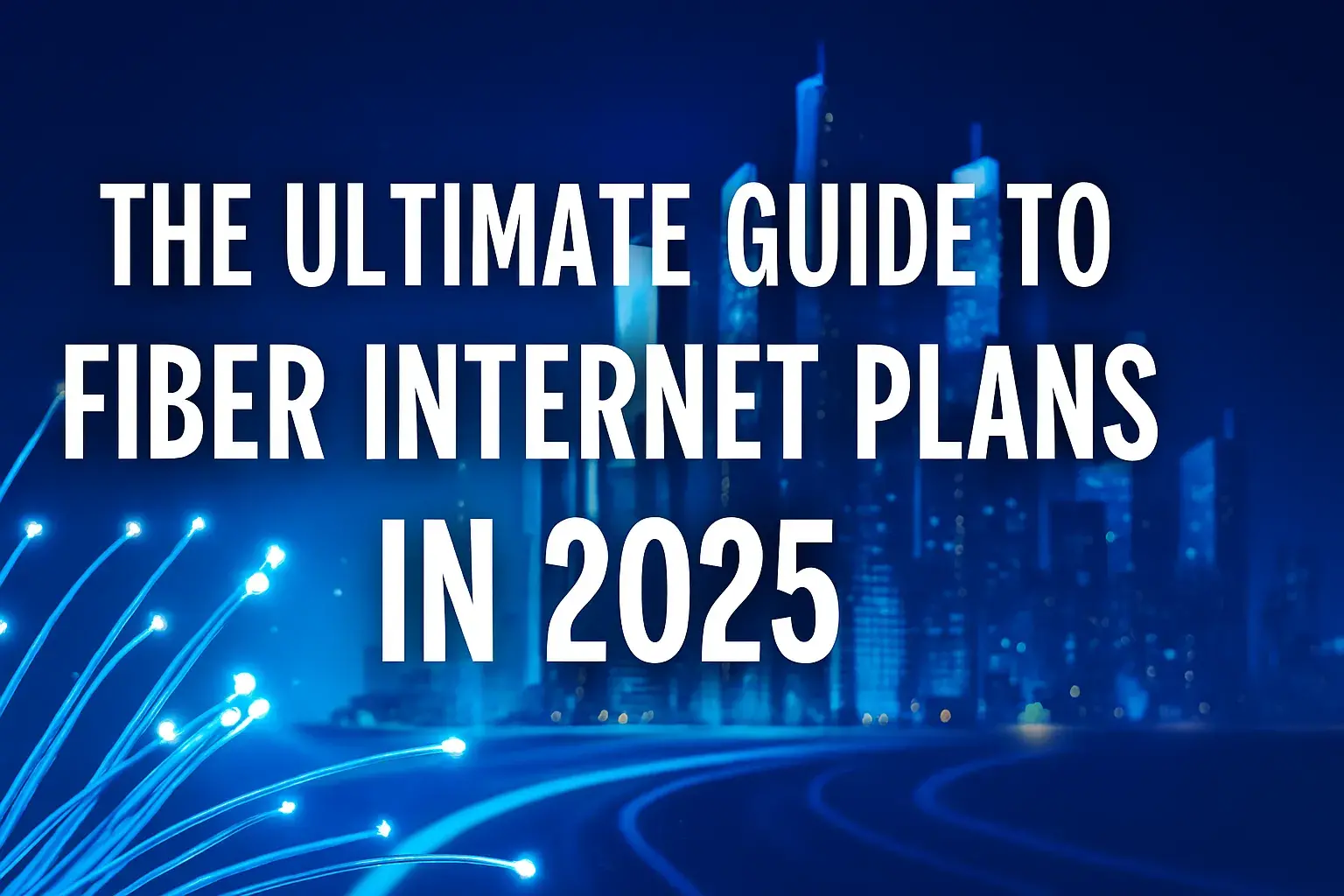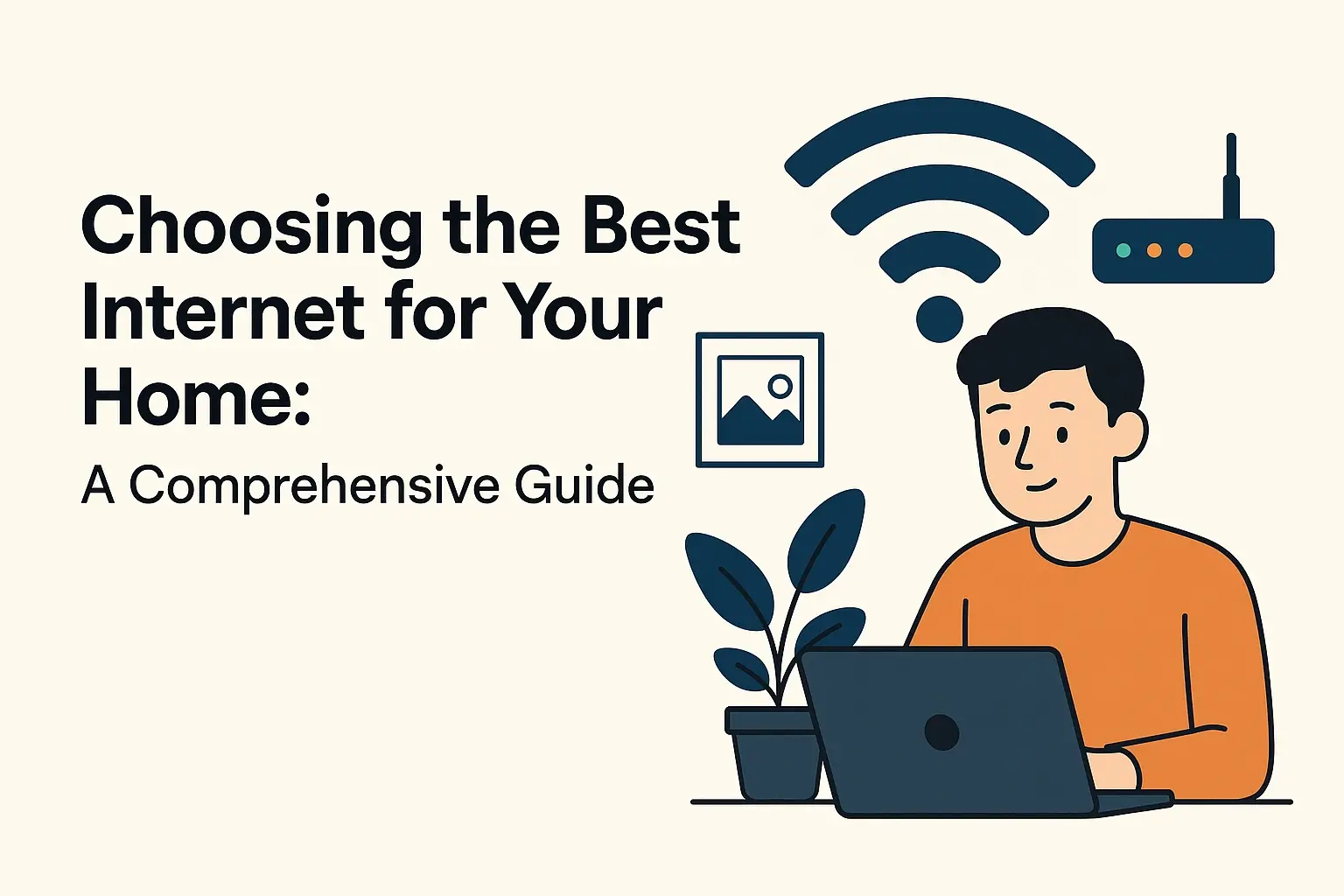Is fiber internet widely available?

Fiber internet also referred to as fiber optic internet, employs fiber optic cables to offer significantly faster internet connection than copper wire broadband internet. However, is this blazing-fast fiber optic technology accessible to the majority of households and businesses? Let's take a look.
What is Fiber Internet?
Fiber optic internet transmits data through the fluctuation of light through extremely thin strands of glass or plastic. The fiber optic cables are made up of numerous slim fibers of either glass or plastic and each one of these is capable of relaying messages through the use of light beams that hold information.
While current networks use copper wire that conducts electrical impulses to transfer data, fiber optic cables are capable of transferring much larger volumes of data at much faster rates over significantly longer distances. This is because light in a glass cable experiences less loss and attenuation than an electrical signal that passes through a metal wire.
Fiber connections offer uplink and downlink transmission rates of up to 1 Gigabit per second or above. That is still fast enough to download an HD movie in just a few seconds. The high speeds and virtually no delay in connection that come with fiber make it the premium connection for households and companies in today’s digital age.
Availability in Rural and Urban Markets
Internet connection via fiber optic cables is still a relative novelty for many households, which makes its availability dependent on a specific region. Over the recent past, fiber internet has also started to become a reality for an increasing number of people living in urban areas. While those in urban centers have options, those in rural areas don’t and broadband and fiber have not been easy to get.
Currently, fiber optic internet can reach roughly 60% of the US population as of 2022. However, 60% availability was largely restricted to the large urban centers only during that period as revealed in the subsequent sections.
Today, it is usually residents in rural areas who struggle to get reasonable internet speeds, let alone costly connections from fiber. Currently, the availability and adoption of fiber broadband services remain limited, as less than 30% of the population in rural areas of the country has access to these services.
This picture is also true for residents of tribal lands in rural areas, where no more than 35% have access to high-speed wired Internet. While only 30% can access broadband, even fewer, only 14% have access to fiber technology.
The issue can be explained in the following simple terms – fewer people per square mile means that there are simply not enough people to make the investment necessary to install and connect miles of fiber cabling to the telecom companies profitable. Coupled with the fact that many rural consumers cannot afford these services and internet providers serving their regions are limited, fiber is adopted at a much slower rate than that of urban regions.
Fiber Expansion Efforts Underway
Government funding is projected to invest billions in fiber and rural broadband expansion across the country within the few years to come. Such efforts should be further aimed at expanding fiber internet connectivity to more suburban communities and rural regions in the future.
In November 2021, the United States approved a $1 trillion infrastructure bill that will provide well over $65 billion for broadband infrastructure. Also, more funding for states to extend broadband in rural unserved areas, and more. Analysts of this plan estimate that it could connect between 5 to 7 million more people to fiber optic internet within the next 5 to 7 years.
Leading ISPs such as AT&T, Verizon, Charter Spectrum, Ziply Fiber, and others go on expanding availability zones for their residential fiber broadband services as well. The two companies’ fiber expansion plans target mainly the large metropolitan markets and densely populated suburbs with most of the potential customers within the transport distance of new fiber cable.
Other key players in fiber-to-the-home deployment include rural electric co-ops and small local telecom providers that similarly drive broadband expansion programs across their territories. Despite this, low consumer density is a challenge that currently hinders fiber from being commercially viable in many country areas, purely from a profit-motivated business perspective.
Key Takeaways: Is Fiber Broadly Deployed?
Although the availability of fiber internet has improved significantly and keeps on growing each year, the availability of blazing-fast all-fiber connectivity is still not widespread across the country as yet. Here are the key takeaways on current fiber optic internet accessibility: Here are the key takeaways on current fiber optic internet accessibility:
- Currently, the fiber internet availability in the country is still at a comparatively low rate of about 60%.
- From Figure 2 below, it is clear that the major metro areas are the most connected to fiber at home.
- Currently, only 28 percent of the rural population can connect to fiber.
- New government infrastructure funding sought for fiber aims to quickly scale deployment over the next 5 to 7 years in the suburban and rural regions where it is currently unavailable.
- Internet service providers in particular major and local are steadily deploying more fiber availability across the US as they can allocate their budgets each year to priority areas that make sound business more initially.
- As of the current year, fiber optic internet that is available to nearly every home in rural towns, and other remote areas of the country is probably still at least another ten years off in the US due to the costs alone.
Thus, fiber internet availability increases slightly year by year and gradually. However, for numerous rural areas, universal fiber availability has not become a reality and is estimated to take several more years. The most fiber advancement is expected to happen in the urban areas and suburban regions in the short term.
Upgrade to faster, more reliable AT&T Fiber Internet today! Call us at +1 844-905-5002 and get connected with speeds that keep you ahead.





